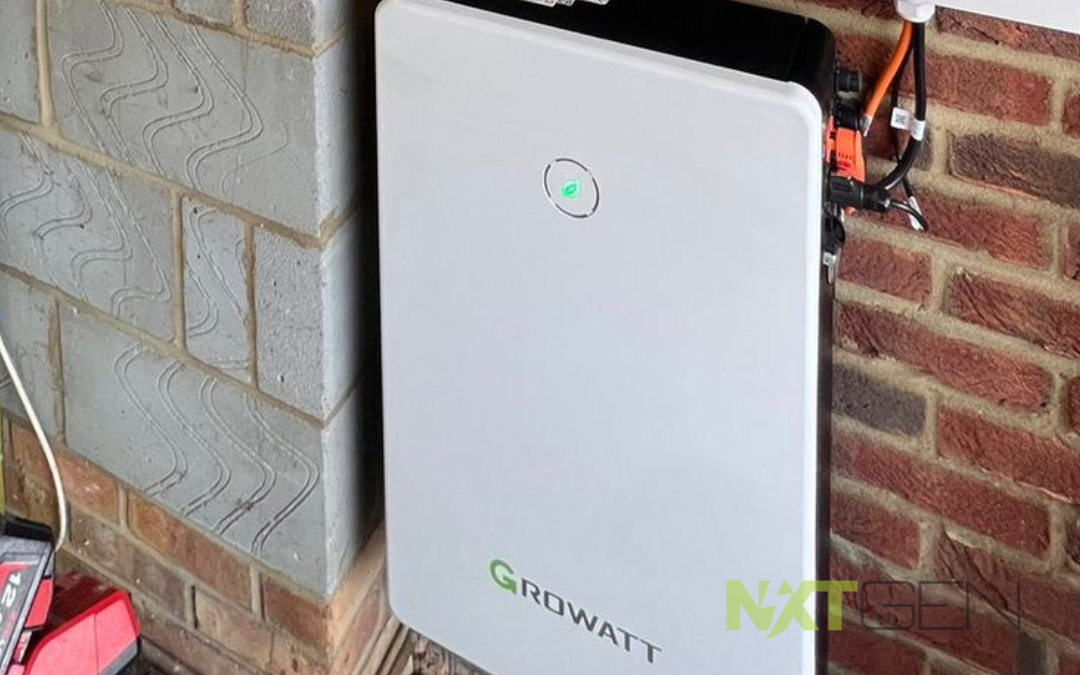


Solar battery storage represents a critical component in maximizing the efficacy of residential solar photovoltaic (PV) systems. By harnessing excess solar energy generated during peak sunlight hours, batteries empower homeowners to achieve greater energy independence and reduce reliance on the National Grid. However, selecting the optimal battery storage solution requires careful consideration of various factors to ensure alignment with specific energy requirements and budget constraints.
Financial Considerations & System Design
A paramount factor influencing solar battery selection is a comprehensive cost-benefit analysis. The initial investment in battery storage must be weighed against the anticipated return on investment (ROI) achieved through reduced electricity bills and potential Smart Export Guarantee tariffs. Furthermore, homeowners should evaluate their overall budget and determine the number of solar batteries required to satisfy their energy demands. Evaluating life-cycle costs is crucial, considering not only upfront expenses but also potential maintenance requirements and anticipated battery lifespan.
Battery Technology & System Compatibility
The type of battery storage technology employed significantly impacts system performance and suitability. Lithium-ion batteries are currently the preferred choice due to their extended lifespan, deep discharge capacity, and high efficiency. However, they may be more sensitive to temperature fluctuations and carry a higher initial cost compared to lead-acid batteries. Lead-acid batteries offer a more budget-friendly option but exhibit lower efficiency, shorter lifespans, and require more frequent maintenance. Nickel-cadmium batteries, while boasting extended lifespans, are not recommended for residential applications due to environmental concerns associated with cadmium content.
Understanding Power & Voltage Requirements
Compatibility with existing solar panel systems is essential. Photovoltaic (PV) panels generate direct current (DC) electricity, necessitating solar batteries with voltage outputs that align with the system’s DC voltage, typically 12 or 24 volts. This ensures optimal performance and safety. The number of batteries required depends on the solar system size. Smaller systems with one or two panels may only require a single battery, while larger systems might benefit from multiple batteries connected in parallel to prevent overloading. Battery capacity, measured in kilowatt-hours (kWh), should be carefully chosen to ensure sufficient energy storage to meet night-time or inclement weather demands.
Integrated Charge Controllers & System Safety
Selecting batteries equipped with integrated charge controllers offers a significant safety advantage. Charge controllers regulate the charging process, preventing overcharging that could damage batteries and electrical components. While an upfront investment in a battery with an integrated controller may be higher, it eliminates the risk of malfunctions and potential costly repairs.
Space Constraints & Battery Placement
The physical dimensions and aesthetics of battery storage solutions warrant consideration. Solar battery units can occupy significant space, requiring dedicated placement in utility rooms, outbuildings, or large cupboards. For smaller residences or properties with aesthetic considerations, this can pose a challenge. Furthermore, optimal battery performance requires a cool, dry environment with moderate temperatures.
Conclusion
By carefully appraising factors such as budgetary constraints, solar PV system compatibility, power requirements, safety features, and physical limitations, homeowners can make informed decisions when selecting solar battery storage systems. This empowers them to maximize the potential of their solar PV installations and achieve a greater degree of energy independence from the National Grid in the UK.


 Selecting the Ideal Battery Stor...
Selecting the Ideal Battery Stor...


